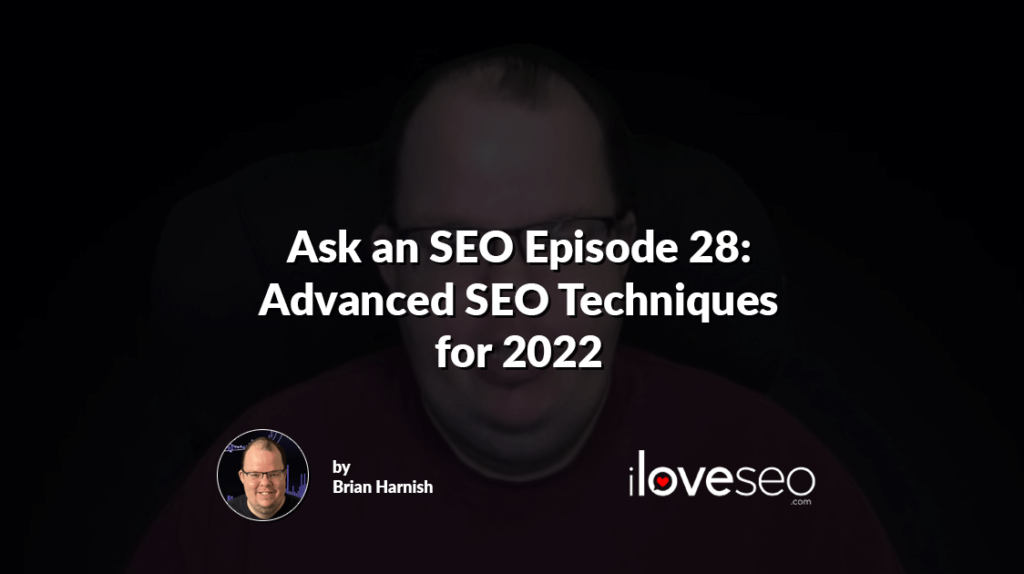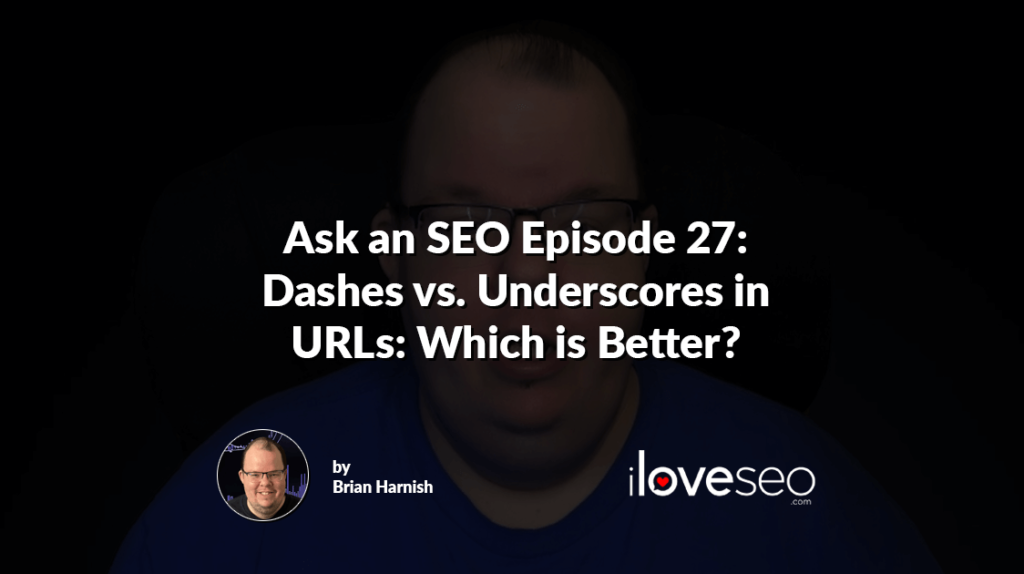In today’s episode of Ask an SEO, Brian Harnish talks about Schema.org structured data and how you can take advantage of this for your website.
We dive into how to implement pre-made Schema code through a quick testing and validation process.
You can watch the video below:
Ask an SEO Episode 20 Transcript
Hello and welcome to Ask an SEO episode 20. Today’s question is what is Schema.org structured data and how can it help your SEO? OK, Schema.org structured data is basically a way of beautifying up data on a web page in a way that Google can understand and parse and display that data in a more beautiful fashion across its rich results within the search results pages.
And there are two types of Schema.org structured data that we are going to concern ourselves with. The number one first type is actual markup, where you mark up the specific data on the page.
The second one is JSON-LD, and this is a JavaScript based Schema.org structured data implementation, and this is generally the preferred way to implement Schema.org structured data across websites. So the thing that we’re going to focus on today for the purposes of this tutorial is JSON-LD Structured data.
So let’s move on and dive right in. All right. This is a website that you will be using a lot in your schema implementation. It’s called Schema.org. When you first begin a schema implementation, you have to do research behind the specific Schema.org structured data that you want to implement, such as if you’re implementing something for a person, a business organization, or any other number of entities that you want to give Google more information and context about. That’s what you’re going to be doing here on Schema.org. So if we want to find out a specific Schema.org data type that we want to use…say we want to go to attorney, for example, and you can see that there are…there is one Schema.org type for attorney, but we’ll go ahead and click on this here. And this will load all of the information related to this specific data type.
And what you’ll end up doing is when you create that Schema.org microdata, you will put in this Schema.org/Attorney URL at the beginning of your structured data, and you will be able to customize and put in any specific type of data that are listed here depending on what you want to do, and this is really going to be the beginning of your research. Say if we want to do something that’s for a person, for example. This will bring up Schema.org type for person and basically any person on the website you would want to add schema for, you can create that specific Schema.org structured data and it will be formatted in such a way that Google will be able to parse it and display it on their featured snippet in the Google search results.
Okay, so here we have our schema that has been created and the thing that we have to be careful about when creating schema, is we always want to make sure that it’s validated through Google structured data testing tool and through this website. This is Google’s Rich Results test. It has replaced the structured data testing tool. And this is really nice because you can test the specific URL or you can test bits of a code.
And today we’re going to test our specific code right here. First things first, let’s take a look at the schema that we have created here for me, and we will put this in here and let Google test our code for us.
Ah, this is a strange result here, so this says no item detected. That means that it’s not really much of a rich result if Google can’t detect that. So let’s go back and we’re going to go ahead and test our other specific URL – I’m sorry – our other code that we created. So well, this is for a specific article on iloveseo.com. We’ll put…we’ll copy and paste the code into here. Go ahead and click on “test code” down here. And we see that this specific schema is actually valid.
There is one valid item detected and we can see that Google has passed all of the elements in this schema code. So we are good to go to put this code into our website.
All right. That’s it for today’s Ask an SEO Episode 20. Please be sure to like and subscribe to our YouTube channel for a brand new episode every week. This is Brian Harnish signing off. Have a great day.









